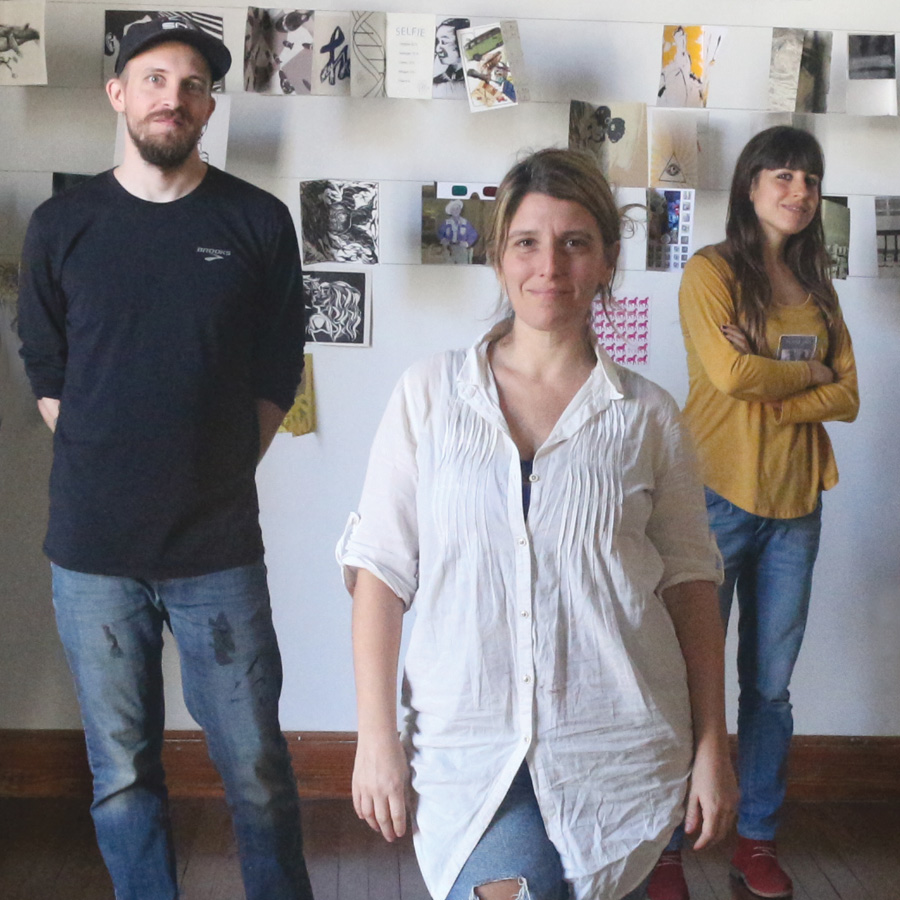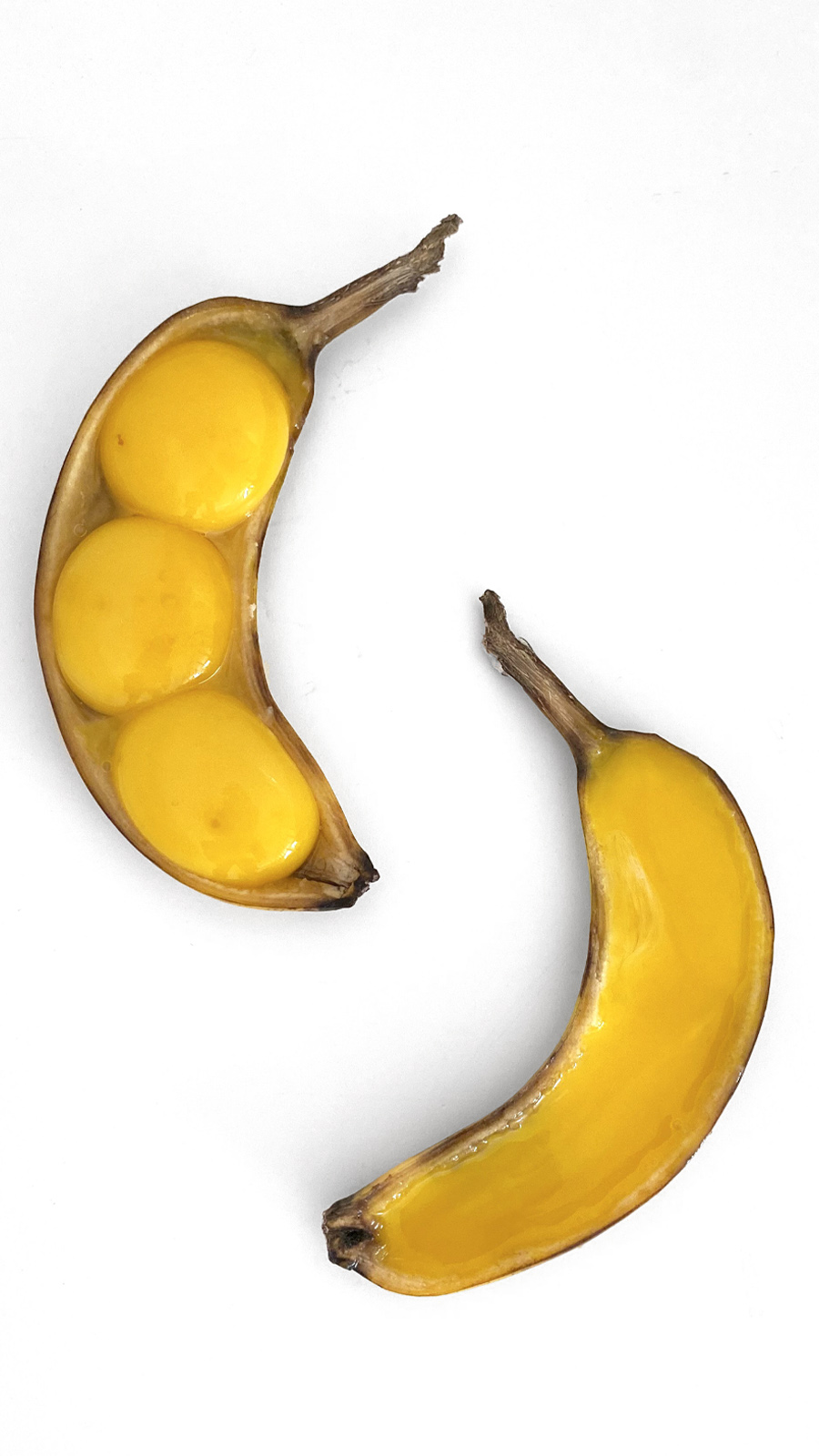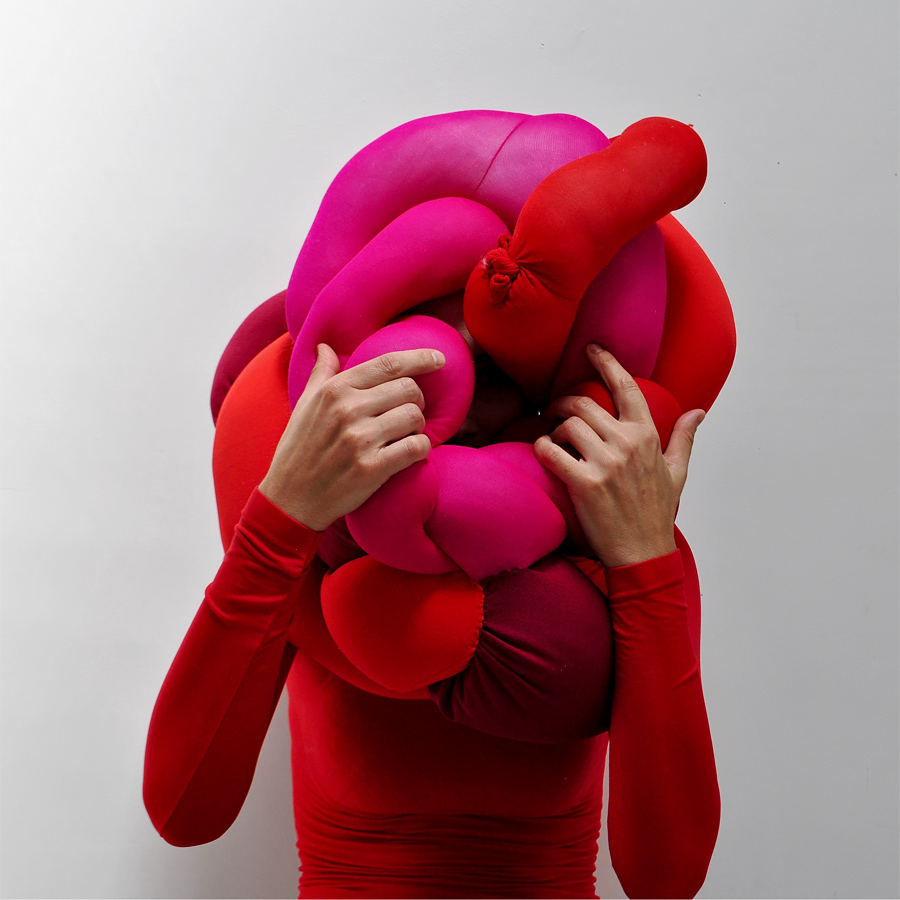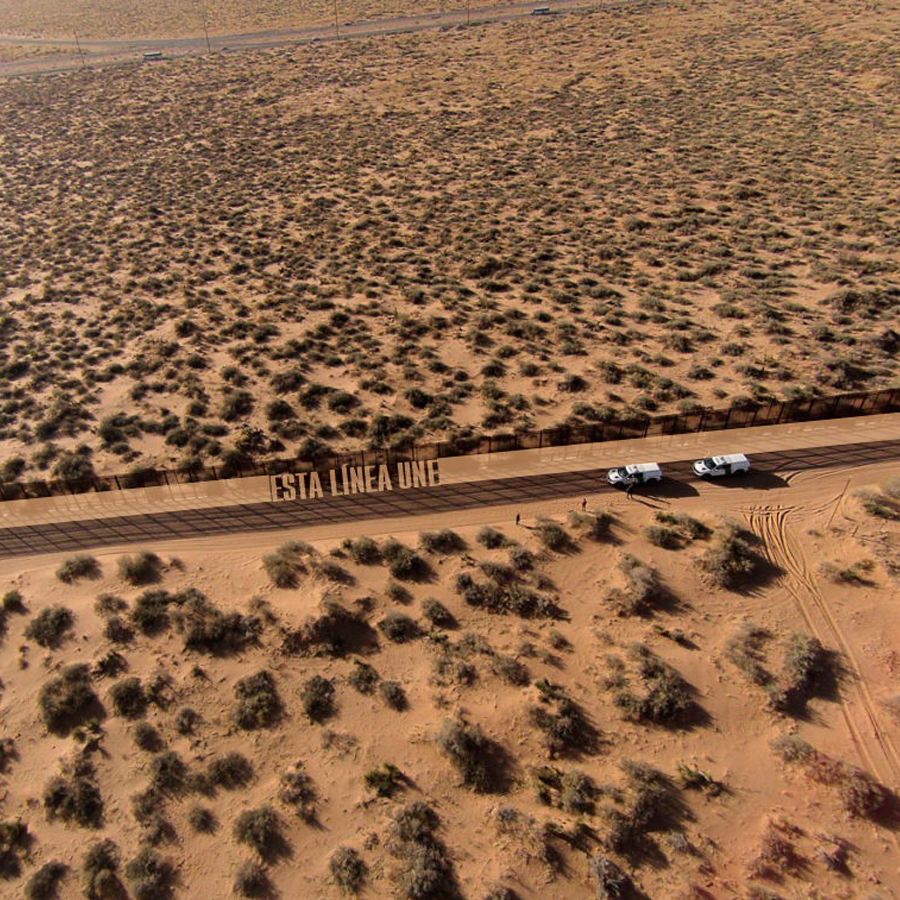Artists
Canada
Heidi Bergstrom
Together Apart: #Frontier
10.02.21 03.03.21
Heidi Bergstrom is a multimedia visual artist, curator, and cultural researcher located on the unceded and traditional territories of the Scia’new First Nation, near Victoria, BC, Canada.
Her fine art practice and exhibitions include works in painting, printmaking, book arts, video, photography, multimedia and community engaged installations. She has exhibited her work in Canada and the United States and has worked as a professional curator in public and private galleries.
ARTIST’S STATEMENT
My work is grounded in and emerges from personal history, social and political narratives, and interactive community engagement. I observe and share meanings, symbolism, distortions of ‘reality’, imaginaries, and disruptions; I find inspiration and interest everywhere– people, landscape, current social, historical, and political theory and issues, and philosophy.
I am keenly aware of the importance of language and definitions, gestures and actions and seek to unveil the underlying meanings of things. My work will often return to the importance of place, local histories, and my local experience of things in relation to the bigger view of the world and our place in it.
ABOUT FRONTIER
Where I live on the west coast of Canada on Vancouver Island, there is entrenched local mythology concerning our “Frontier” heritage. The historical narrative is an heroic backdrop of so-called discovery and exploration in a vast, unused territory – ripe for exploitation and development by the settlers. Even though the ideas of methods of decolonization are becoming more widely understood and adopted, the settler mindset is alive and well and affirming this frontier narrative.
During the residency I began a personal mission to research my local area and the relationship with the First Nations, the Scia’New. I wanted to examine the status of Reconciliation and Decolonization here and unpack the local settler and Indigenous histories and look for concrete ways to redress these issues (if possible) and decolonize Smets-Shosin.
My project starts with creating a journal of research including academic papers, historical and contemporary maps from Native Lands.ca and local narratives from our Museum Society for example. I created a framework of geography and re-mapping in the book using north, east, south, west, and latitudes and longitudes – that shift counter-clockwise as one progresses through the book, causing a sense of disorientation and confusion as the flow is disrupted.
Sometimes you must turn the book to read information, then turn it back to read other information. Pages are inserted and folded – by unfolding them you find other layers and symbols- red feathers and red ribbons- reminders of the murdered and missing Indigenous women and the colour of the Canadian maple leaf. By then your world is upside down and it is not comfortable, nor should it be. This is not a neat and tidy presentation of facts and information, though the cover of the book (not designed by me), suggests an idyllic narrative within. I greatly appreciate the opportunity to initiate this work here during the residency – it may not have happened otherwise.
In the collaborative project I have the great joy to work with two artists from the UK; Annie Rapstoff and Anna Goodchild. Our collaboration goal was to explore Littoral Zones – those spaces between and at the edge of waters – oceans, rivers, lakes – metaphors for interrelationships and understanding the nature of our geographical frontiers. We focused on our common element – water – and synchronized our gestures and explorations, progressively merging in a video project.
We sought common ground – those things that we that could connect us vs. separate us despite the geographical expanse. Our collaboration flowed well (pun intended) because of our commitment to each other and the process, staying open and uncritical, dropping defenses and ego, and trusting in the process. Coming to consensus quickly with each of us contributing loads of ideas and content, and taking risks (new tech tools, words, breath, poetry) with surprising and satisfying results. I am looking forward to continuing this collaborative work and seeing where it leads our artistic expressions and friendships.
BIO
Heidi J Bergstrom
1964 Winnipeg, Manitoba, Canada
Lives and works in Smets-Shosin, unceded territories of the Scia’ new First Nation. AKA- Metchosin, British Columbia, Canada.
STUDIES
2019 | MA, Political Science, University of Victoria, BC Canada
2000 | Diploma in New Media, Victoria, BC Canada
1990 | BFA, York University, Toronto, Ontario, Canada
EXHIBITIONS
2021 |“Turn the Page”, International Book Arts Show, Catapult Gallery, Southeast Missouri State University, MO, USA
2020 | “Covid LIFE: Virtual Drawing in the Time of Covid”, Online Group Exhibition, Xchanges Artists Gallery & Studios, Victoria, Canada
2006 | “Between the Lines” Solo Exhibition, Paintings/ Installation, Xchanges Gallery, Victoria, Canada.
2005 | “H3 Realty: Homeless Homes for the Homeless” Installation, The Ministry of Casual Living, Victoria, Canada.
1997-1998 | “The LabourArt Project”, Photography and interactive web installation, Durham Art Gallery, Durham, ON, Tom Thomson Memorial Art Gallery, Owen Sound, ON, Hamilton Workers Arts & Heritage Centre, ON, Canada
RESIDENCIES
2021 | Proyecto´ace, International Artist Residency, Buenos Aires, Argentina
OTHERS
2021 | Artist Talk “Under the Influence at Dinosaur Park”, Victoria Palaeontology Society, Victoria, BC
2019 | Festival of Anarchy, Presenter “Anarchism and Art – Three Projects”. Anarchist Book Fair, Victoria, BC, Canada
2013 | Re-Imagining Communities and Civil Society International Conference, Guelph,Paper Presentation “Between the Lines: Arts and Cultural Policy in Canada, Comparative Analysis and International Contexts” Ontario, Canada.
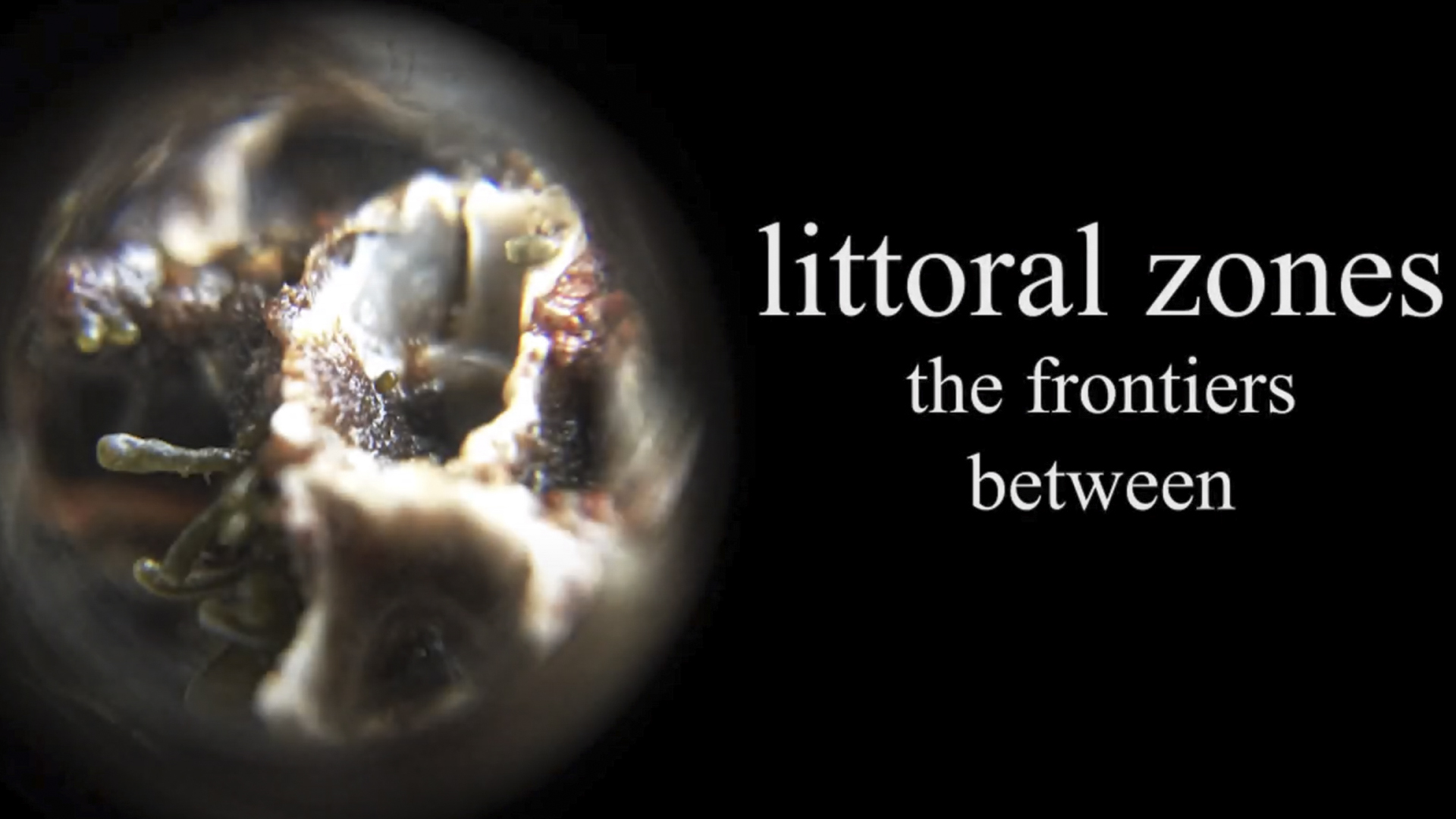
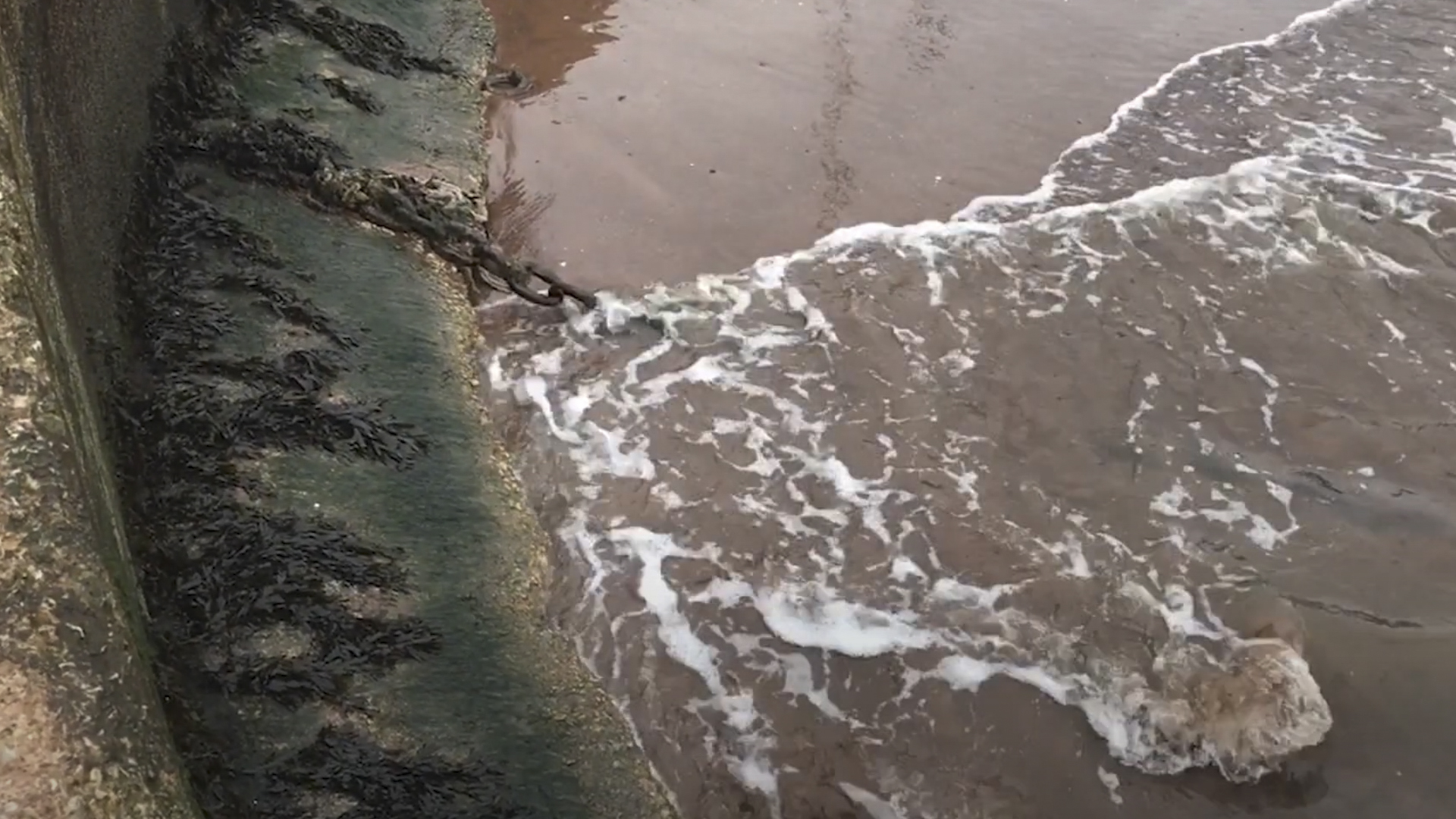

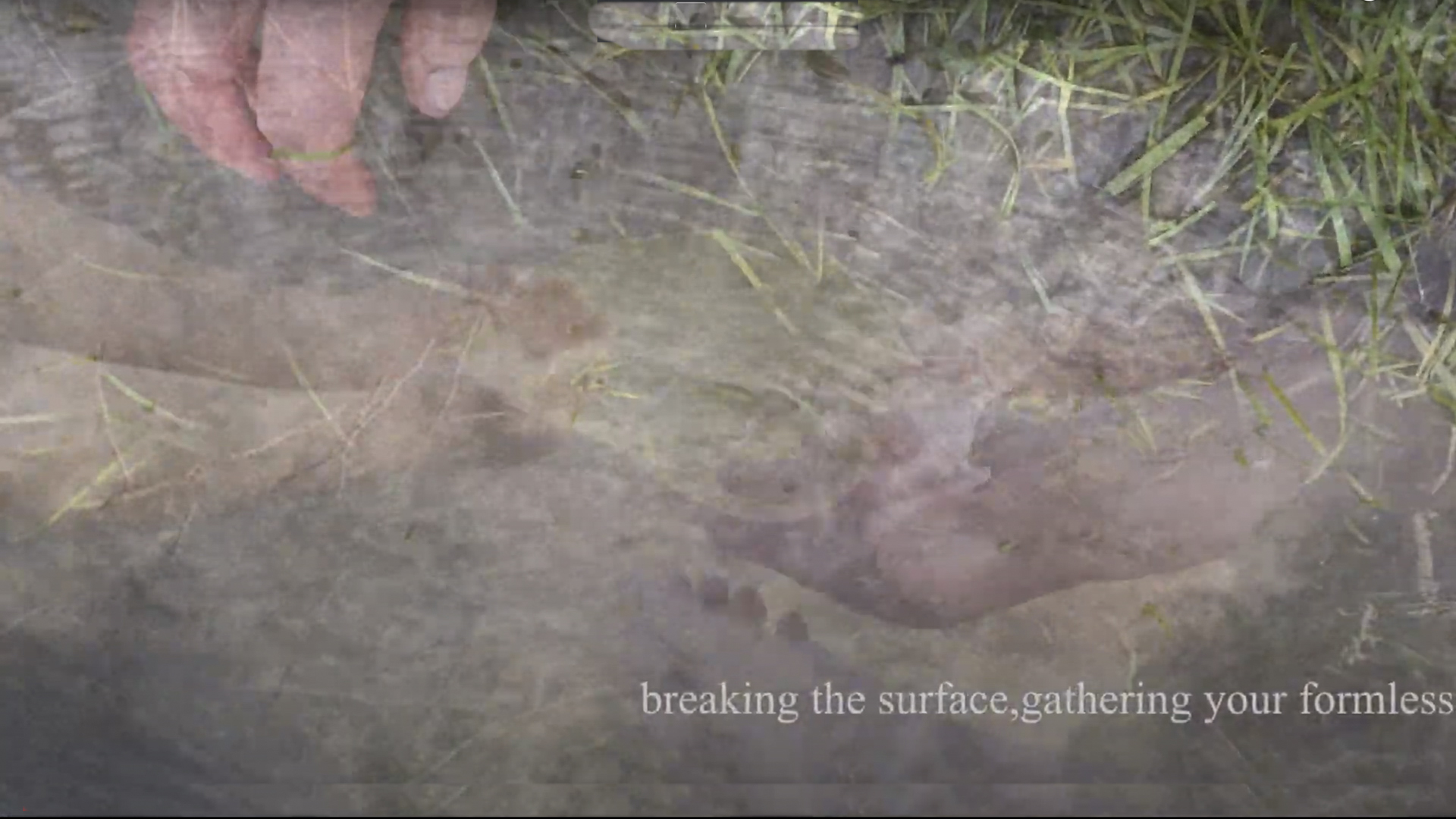

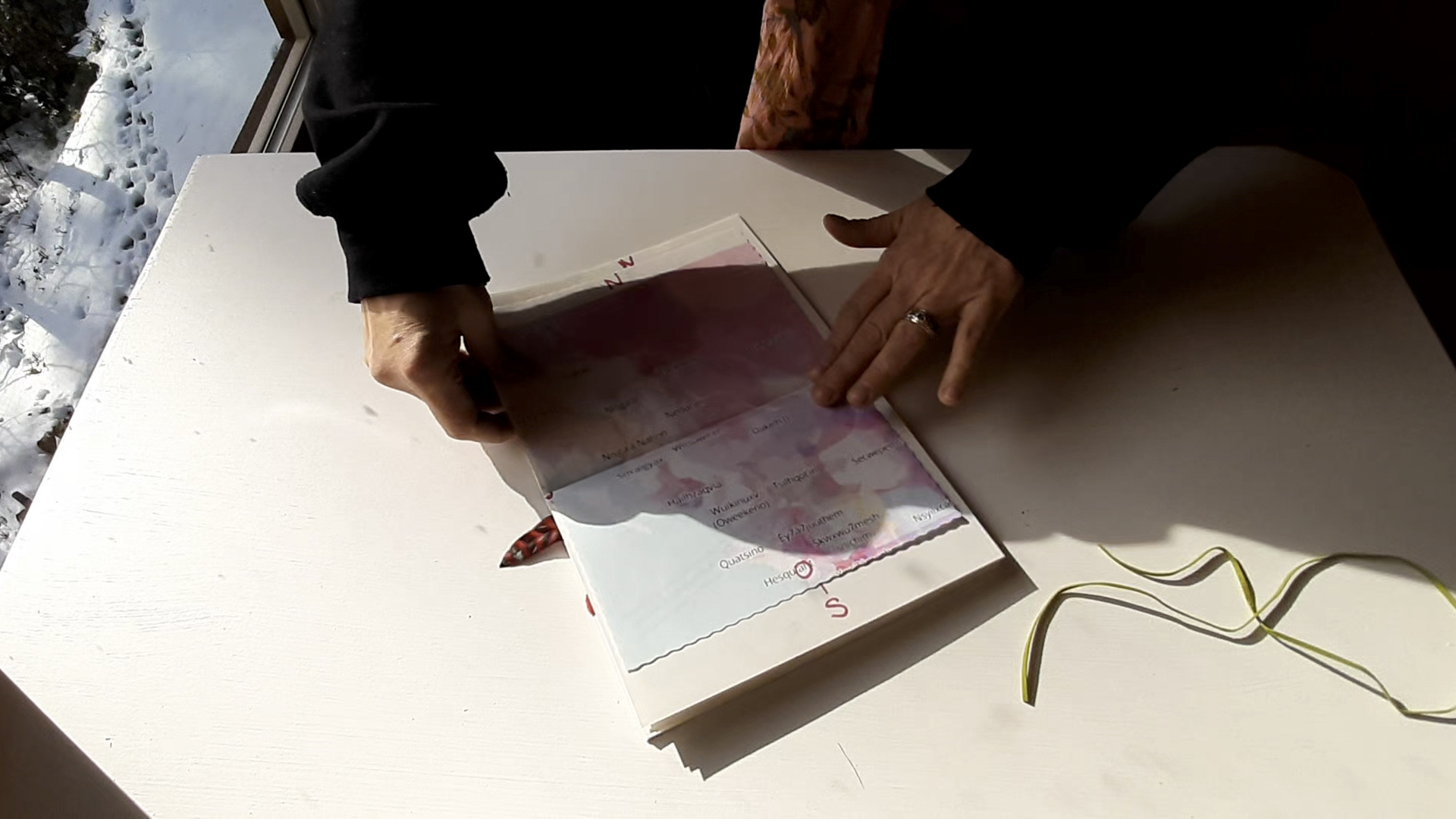
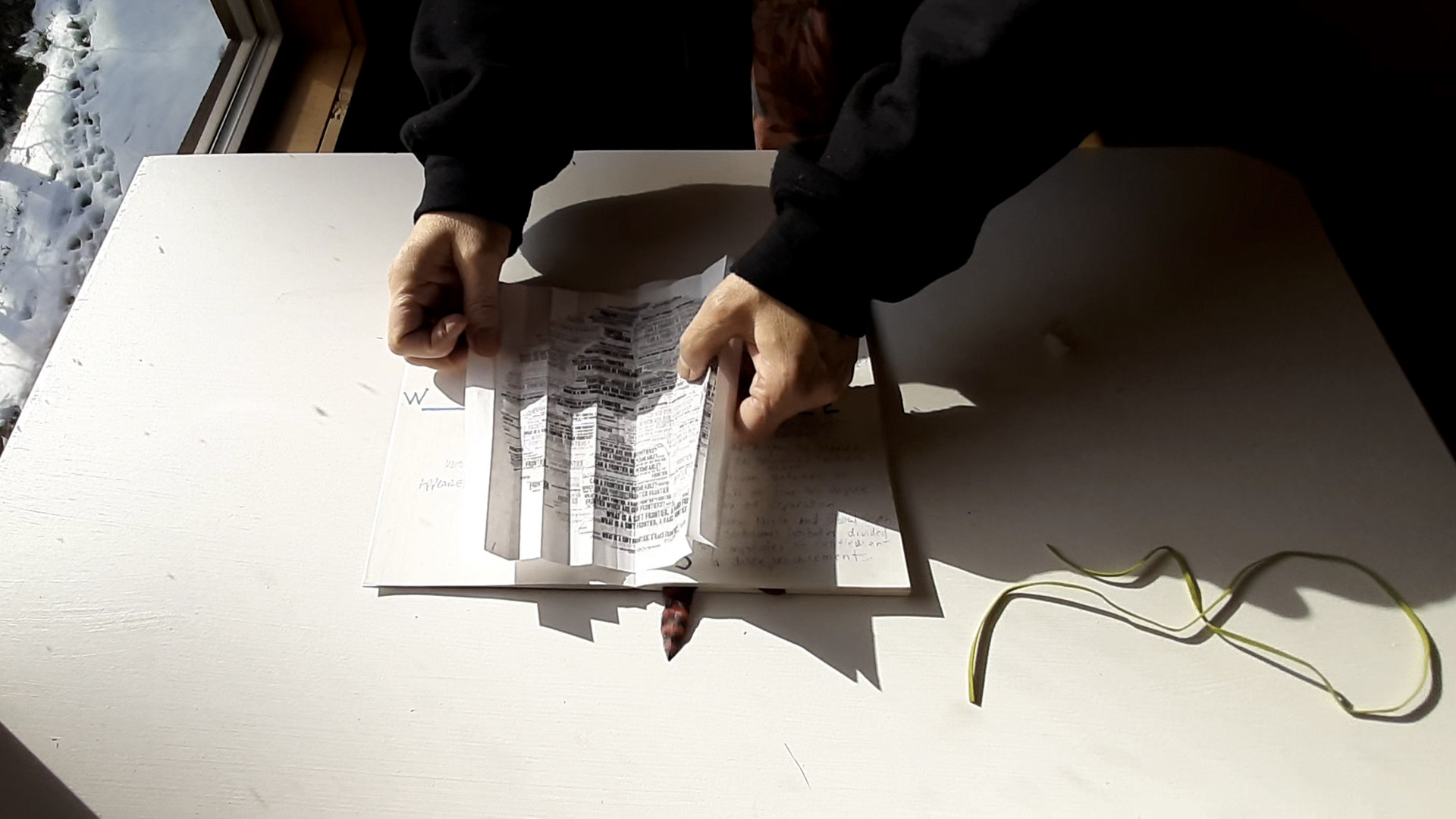

Related Activities
Exhibitions, Together Apart
#3 | FRONTIER: results
Artists in dialogue
10.03.21
Frontiers as geopolitical frontiers, as cultural, biopolitical; frontiers as limits and as separations within the artistic disciplines, frontiers as hegemonic considerations of our bodies and identities…were some of the approaches on FRONTIER general theme in the Together Apart Program #3 session.
Through 4 encounters we collectively and individually created ideas and artworks which explored a non-binary approach of the topic. The participant artists also had the possibility to dialogue with Kristina Borg and Liz Ingram & Bernd Hildebrant, international artists and former ´ace artists-in-residence, invited to present their contributions and explorations in relation to the topic. For this session we also gave priority to moments of peer review or collective feedback and to open discussions which drifted through issues of art and therapy, art and research, participatory art, the complexity of artistic collaboration and how collective practice appears to be a right to claim even more in moments of isolation.
Through different theoretical readings and artistic references, and through the proposals of each of the participant artists, we identified the importance of liminal states, the non-binary, we assumed the difficulty of inhabiting the in-between but also recognized that art practice is what allows us to live in ambiguous states and to constantly raise questions. We also explored other practices as breathing techniques, meditation and knowledge and skills sharing as methods to break through discriminative or isolating frontiers.
Using poetry, film, online performances, video art and the creation of a network for artists through the method of “participatory asset mapping”, the artists from this cohort created in search of commonalities in their migrant’s everyday experiences, resonances among the natural conditions of the places they live in, the links among their identities and psychological researches and in search of practical collaborations to continue working in the future.
DANIELA RUIZ MORENO | curator-in-residence
